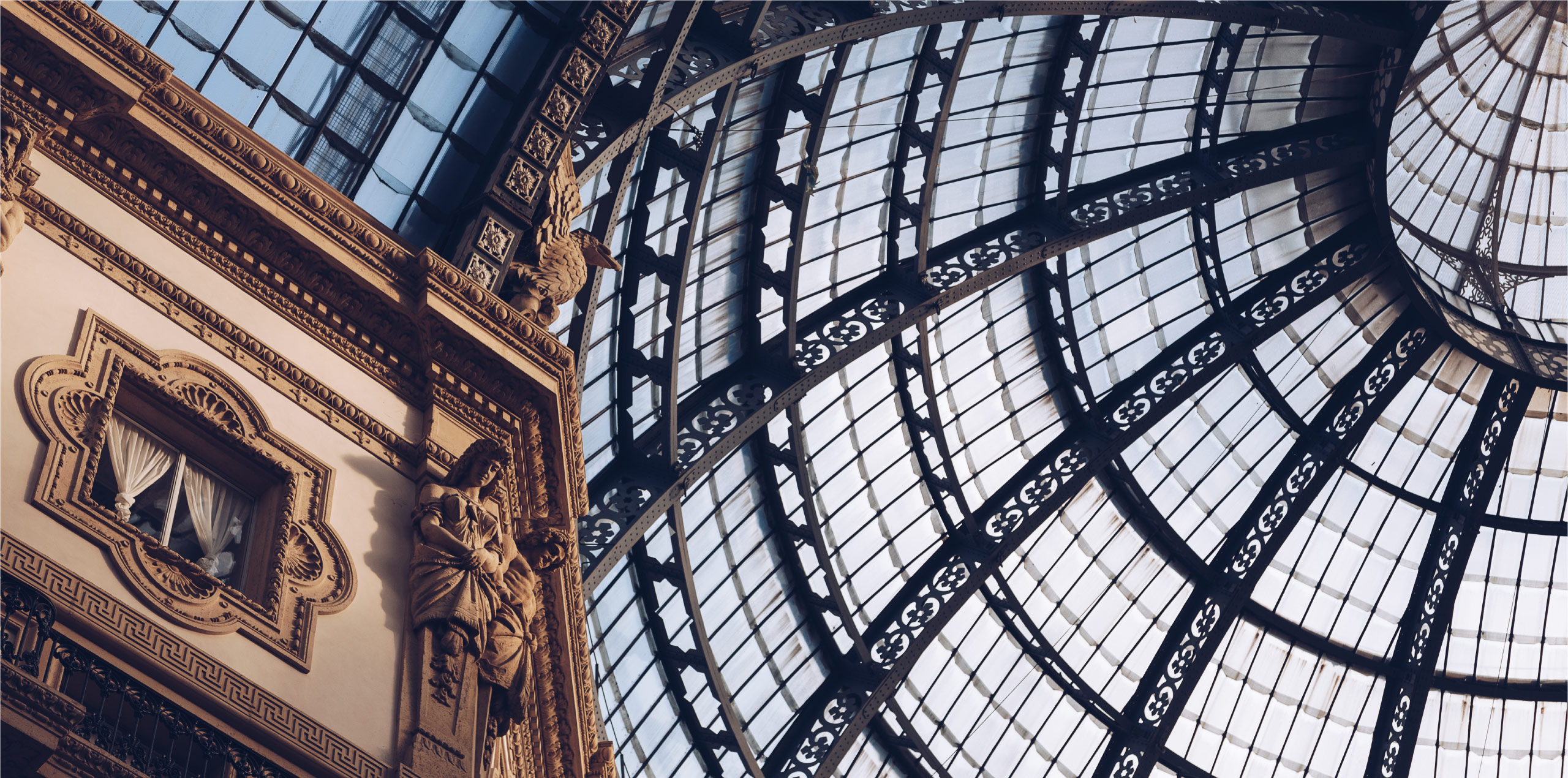
Steel is a significant material utilised in imperative structures all over the world. If we track down the linchpins of architecture, it’ll be evident that steel has been accommodated in some or the other format. Even though the style and characteristics of architecture differed from demographics, steel’s influence remained strong throughout. The material is present in the structure of virtually all works of 20th-century architecture: in the connectors, plates, nails, bolts, and screws of timber floors and frames. From the deformed bars hidden within the cement and stone matrix of reinforced concrete; to the hot-rolled wide-flange columns and beams characteristic of steel skeletal frameworks. Although the history of steel as a building material can be traced back at least to the fifth century B.C., and perhaps its potential to revolutionize the whole process and form of the building was in many ways already evident in the 19th century, it is in the 20th century that the architectural expression of steel was most thoroughly explored.
Steel usage for long-span roof structures has its roots in 19th-century bridges, train sheds, market halls, and exhibition spaces. Let’s consider structures such as the Crystal Palace (1851) in London and the Galerie des Machines (1889) in Paris which showed the potential of iron (or steel, in the case of the Galerie). Furthermore, new functions requiring long-span roofs evolved in the 20th century, including hangars for airships and aircraft as well as single-level factories oriented toward the new flexible assembly-line production techniques pioneered in the automobile industry as well.
Steel utilisation in the construction of factories, train sheds, market halls, and office buildings parallels the development of 19th- and 20th-century industry and commerce-enhancing economy. However, the use of steel in 20th-century residential design has less of an objective basis, despite Le Corbusier’s famous aphorism defining the modern house as a ‘machine for living in’. The ambivalence about the appropriateness of exposed steel within the domestic sphere and its relatively high cost compared with traditional residential construction systems. It delayed the first applications of steel framing in residential construction. An experimental steel-framed house was produced for the German Bauhaus Exhibition of 1923 by influential painter Georg Muche and Adolf Meyer, but this house, along with a subsequent design completed in 1927, had little lasting influence.
Steel appears in architecture primarily as structure, although also used as nonstructural cladding, or ‘skin’. Gehry’s corrugated steel panels and the Chrysler Building’s stainless steel crown have already been prestigiously noted. With other representative examples include Jean Prouvé’s innovative sheet-steel curtain wall for the Maison du Peuple (1939) at Clichy, France; Skidmore, Owings, and Merrill’s stainless-steel mullions at Lever House (1953) in New York City. In Europe, a vast adaptation of steel is evident in industrialised areas of Milan, Berlin, Paris, Geneva and the major demographic of northern Europe. However, steel’s influence in Asia wasn’t exactly drastic but gained momentum in later years with technological advancements in Shanghai, Tokyo, Mumbai, South-East Asian territories and a boom in Sydney and New Zealand as well. Kalika Steel ensures robust structures with high strength steel, the Indian façade is transformed with future-proof resources.







© 2024 KALIKA STEEL ALLOYS PVT. LTD. All Rights Reserved. | Design & Development: Optimist Brand Design LLP.
Kalika Steel is the most preferred TMT bar
manufacturer in Maharashtra.

Kalika Steel is the most preferred TMT bar manufacturer in Maharashtra.